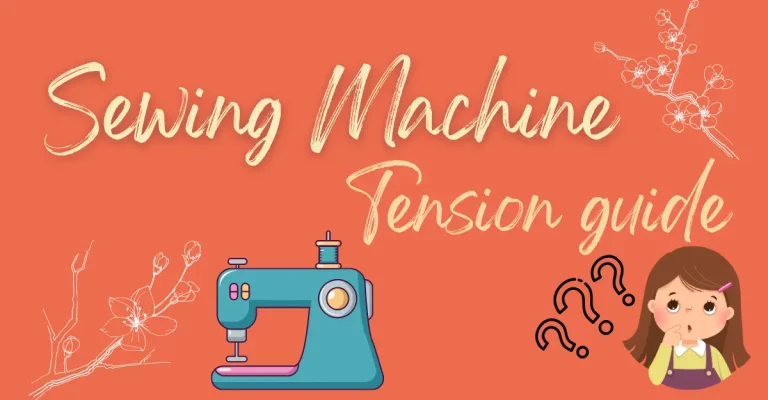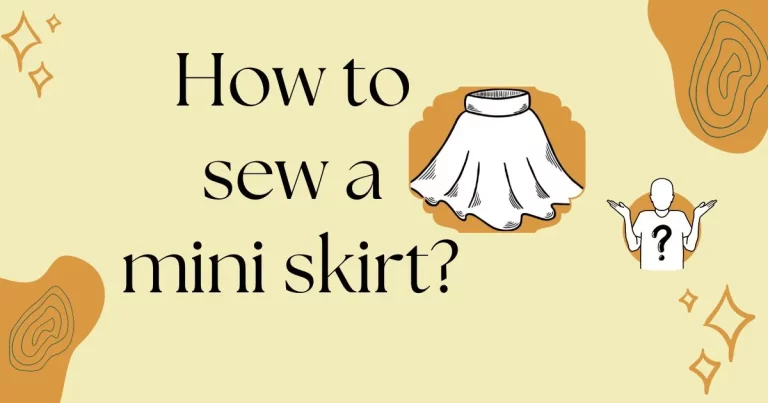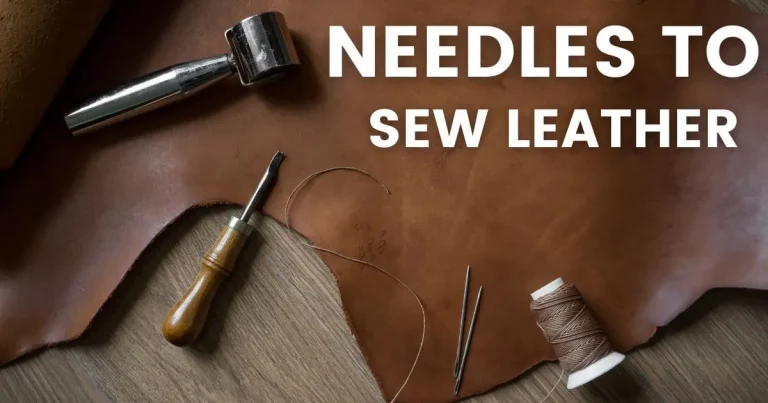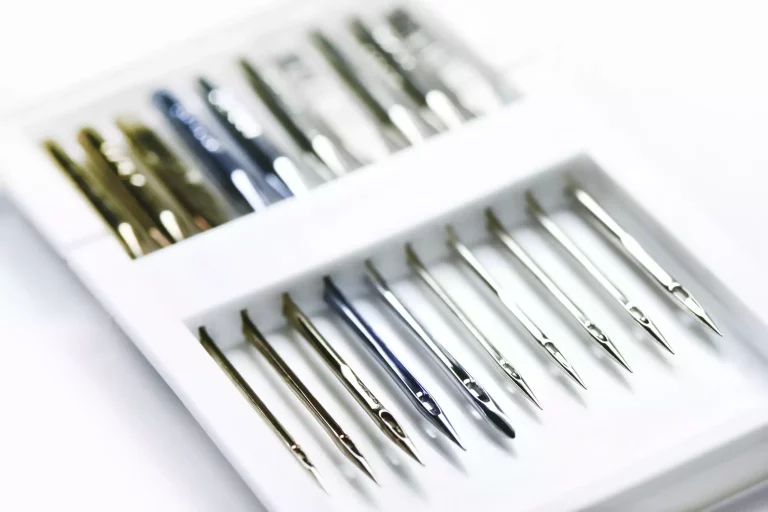3 DIFFERENT TYPES OF THREADS-BASIC GUIDE
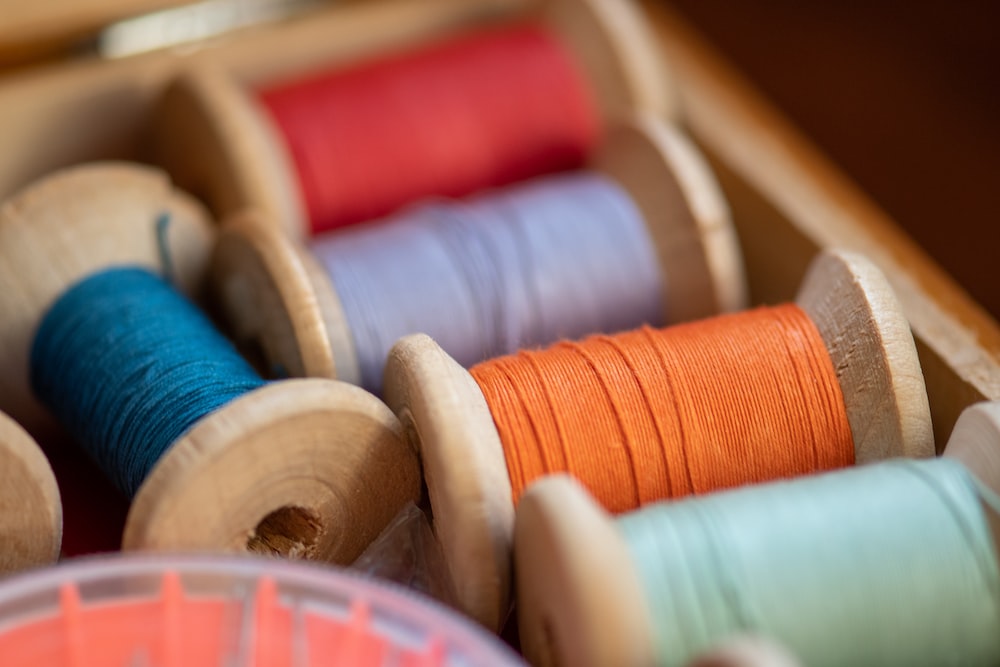
How to choose different types of threads for sewing is a common question asked by both beginners and experienced sewers alike. Choosing the tailoring thread among different types of threads for sewing can have a positive impact on the overall quality and durability of a piece of clothing or textile.
Selection of strong sewing thread among different types of threads will not only hold the fabric together but also enhance the look and feel of the garment. Let us have a look at the factors that are important in choosing the right thread for sewing because this is the very first step in sewing.
How to choose the thread for sewing
Select the matching color
Unroll the thread end from the spool and lay it over your cloth to choose the proper color. Matching thread color with fabric color can have a positive impact on the overall look and feel of a piece of clothing or textile. When the thread color mergers flawlessly with the fabric color, it creates a clean and polished look.
This is especially important in areas where the thread is noticeable. The use of matching thread can also enhance the color and texture of the fabric, making it appear more vibrant and luxurious. Overall, matching thread color with fabric color is a small but important detail that can greatly improve the overall aesthetic of a garment or textile. You can decide the prevailing color if your fabric is printed with several distinct colors or is multi colored. Depending on the style you want, contrasting a thread among different types of thread might be appropriate for topstitching and edge stitching.
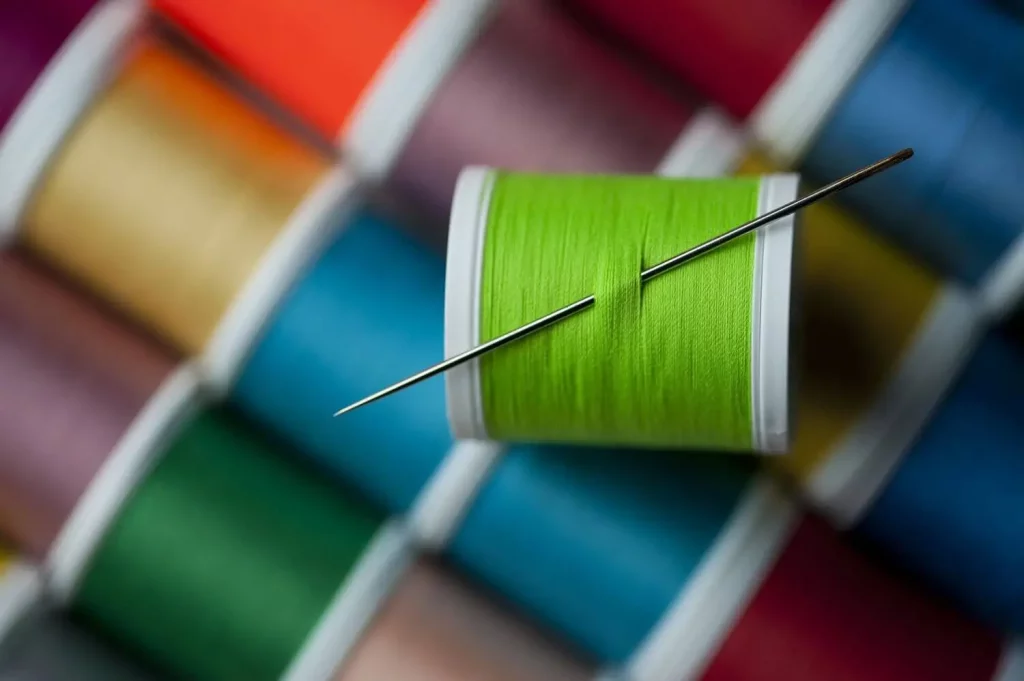
Depending on fabric type and weight
Choosing the correct thread from different types of threads depending on fabric type is an important aspect of sewing, as it can greatly affect the overall quality and durability of a garment or textile. According to the fabric’s kind and thickness, the appropriate sewing needle and thread should be used. When selecting the thread and needle suited for the fabric you wish to sew see what type of thread and needle you need. Different types of fabric require different threads.
Different weight or thickness of thread are available. The stitches will be easier to see if the thread is thicker or broader. For stronger results when stitching thicker textiles, use thicker threads.
Extra-fine thread is advantageous for lighter objects, while upholstered, topstitching, or extra-stronger thread may be needed for heavy duty work. It’s critical to take into attention the properties of the fabric and the thread to guarantee a perfect match and a great final product.
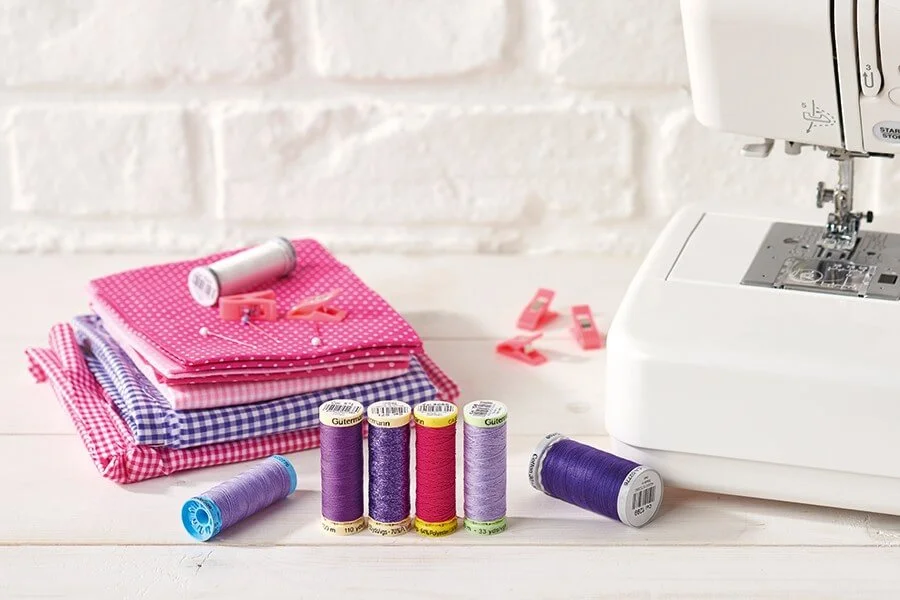
Different types of threads
Cotton thread
Silk thread
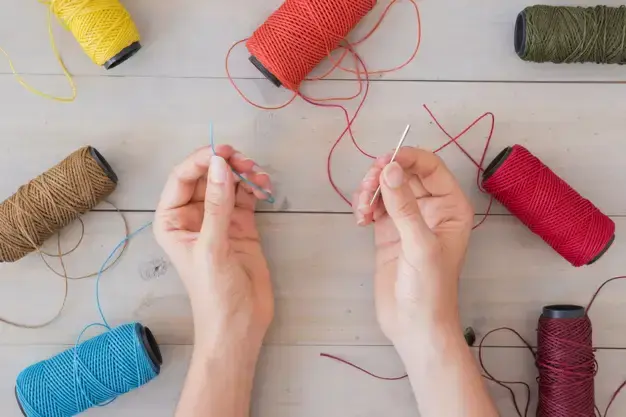
Polyester sewing thread
Read more: What are notches in sewing?
Different types of thread along with Thread size chart
| Types | Light weight fabric | Medium weight fabric | Heavy weight fabric |
| Cotton thread | 50-80 | 50-60 | 30-50 |
| Silk thread | 50-80 | 50-60 | 30-50 |
| Polyester thread | 60-90 | 60-90 | 30 or 60 |
Basic tips for thread selection
The more the thread is heavier the lower the number is. The thread becomes finer as the numbers rise. Don’t ever use thread that is 20 or lighter. It can result in machine failure.
Conclusion
Selection of right thread among different types of threads for sewing can greatly improve the overall quality, durability, and aesthetics of a garment or textile. It is important to consider the type of fabric, thread weight, color, and machine compatibility before making a final decision.
Explore more: Best Brother Sewing machines
How to choose Thread for a Sewing Project


